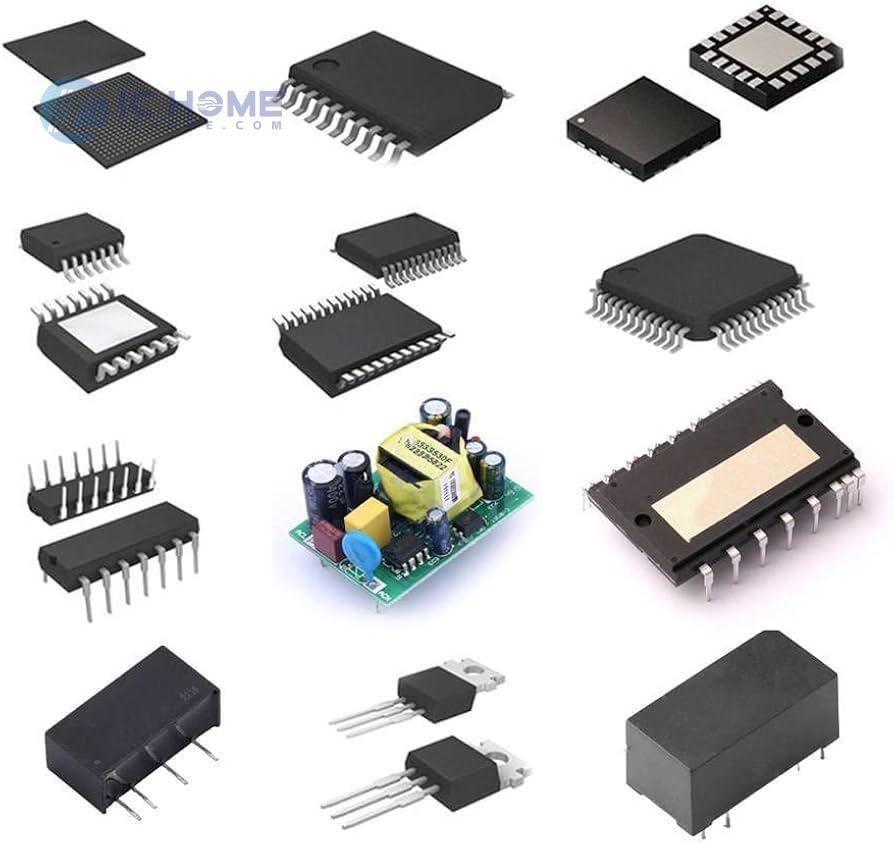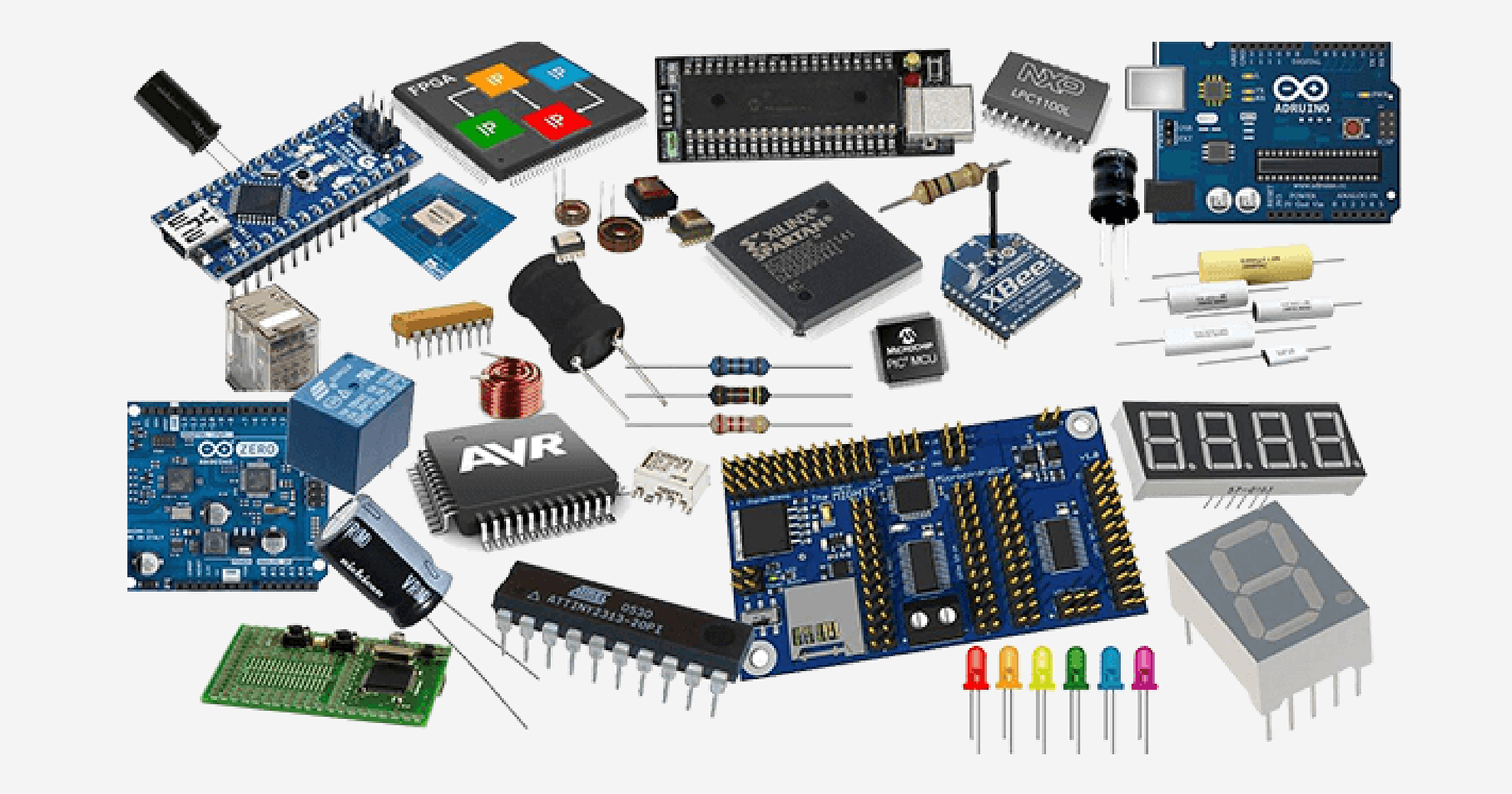Understanding Switching Frequency in Voltage Regulators What is Switching Frequency?
In the realm of power electronics, switching frequency refers to the rate at which a power switching device, such as a MOSFET, transitions between its on and off states in a switching power supply. Essentially, it's how many times per second the switch turns on and off.

Why is Switching Frequency Important?
The choice of switching frequency has a significant impact on the performance and characteristics of a switching regulator. Here are some key reasons:
Output Ripple: Higher switching frequencies generally result in lower output voltage ripple. This is because higher frequencies allow for more effective filtering of high-frequency noise.
Component Size: Higher switching frequencies allow for the use of smaller inductors and capacitors, reducing the overall size of the circuit.
Efficiency: Switching frequency can influence both switching losses and conduction losses, affecting the overall efficiency of the converter.
Factors Affecting Switching Frequency Choice
Several factors influence the choice of switching frequency in a switching regulator:
Application:
Low-noise applications: Higher frequencies are often chosen to minimize output ripple.
High-efficiency applications: Lower frequencies might be preferred to reduce switching losses.
Small-size applications: Higher frequencies allow for smaller components.
Component limitations: The switching speed of the power switch and the parasitic elements in the circuit can limit the maximum switching frequency.
Cost: Higher frequency components and drivers can be more expensive.
EMI: High-frequency switching can generate electromagnetic interference (EMI), which may require additional filtering.
Common Switching Frequency Ranges
The typical switching frequency range for switching regulators can vary widely, from a few kilohertz to several megahertz. Here's a general breakdown:
Low-frequency switching: A few kilohertz to tens of kilohertz. Suitable for cost-sensitive applications where noise is not a major concern.
Medium-frequency switching: Tens of kilohertz to hundreds of kilohertz. Commonly used in general-purpose applications, offering a good balance between efficiency and cost.
High-frequency switching: Hundreds of kilohertz to a few megahertz. Used in applications requiring small size and low noise, such as laptop adapters and mobile phone chargers.
Choosing the Right Switching Frequency
When selecting a switching frequency, consider the following:
Output voltage ripple: Determine the maximum allowable ripple and choose a frequency that meets this requirement.
Component size: Consider the available board space and the cost of components.
Efficiency: Balance the trade-off between efficiency and other factors like size and cost.
EMI: Implement appropriate filtering and shielding to minimize EMI.
Component limitations: Ensure that the chosen frequency is within the operating limits of the power switch and other components.
Conclusion
The switching frequency of a voltage regulator is a critical parameter that significantly impacts its performance. By carefully considering factors such as application requirements, component limitations, and cost, you can select the optimal switching frequency for your design.
In conclusion, selecting the appropriate switching frequency requires a balance of various factors. By understanding the trade-offs involved, you can make informed decisions to achieve the desired performance characteristics in your power supply design.
For more information or to request a quote, please feel free to send us an RFQ.
Some Model Numbers




